The Gathering Swarms | Preview
Get a look at some of the planet’s great gatherings, creatures that come together in inconceivable numbers — sometimes in millions, billions, even trillions. In the process, a kind of super-organism is created in which individual intelligence is superseded by a collective consciousness that shares information and moves with a single purpose for the benefit of all.
Previews + Extras
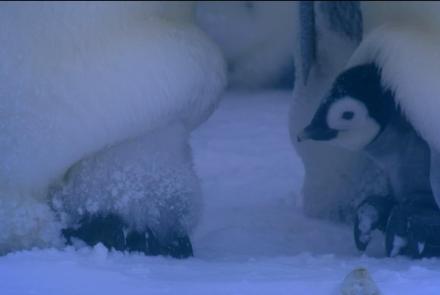
Emperor Penguins Huddle to Keep Warm
S32 E18 - 2m 53s
As the only creatures on earth to breed in the Antarctic winter, their survival, as well as those of their chicks, is put in jeopardy when the temperature falls to 40 below. So, instinctively, emperor penguins all converge on the same central point and begin to form a huddle. As those on the outside take the brunt of the cold, those on the inside take tiny steps that move the huddle in waves.
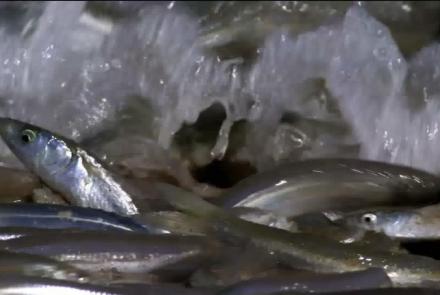
Gulf Grunion Beach Spawning
S32 E18 - 2m 22s
In Sonora, Mexico, thousands of Gulf Grunion fish act on a seemingly suicidal desire to breed out of water. The female grunion deposit eggs in the sand as far from aquatic predators as possible. The eggs remain buried in the wet sand and hatch in about 10 days, at which point the young grunion make their way back into the water.
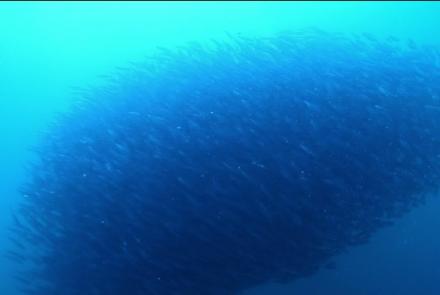
Sardine Run in South Africa
S32 E18 - 2m 59s
The seasonal movement of billions of sardines along the coast of South Africa, the greatest fish migration on the planet, includes a stunning example of collective thinking to throw off predators. Synchronous movement by the sardines relies on a pressure sense that runs along their bodies to detect the movements of their nearest neighbors.
Similar Shows

A World Without NASA
Science and Nature

Genius by Stephen Hawking
Science and Nature
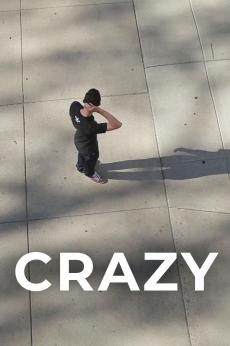
Crazy
Science and Nature

Breakthrough: The Ideas That Changed the World
Science and Nature
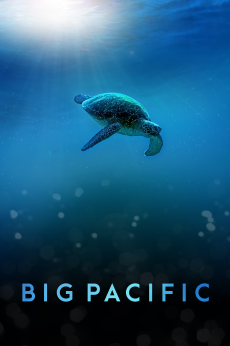
Big Pacific
Science and Nature

Kingdoms of the Sky
Science and Nature

Hungry Planet
Science and Nature

Animal IQ
Science and Nature
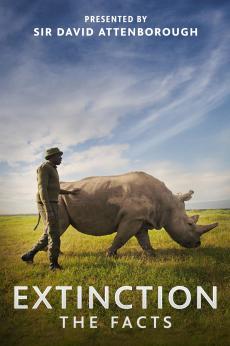
Extinction: The Facts
Science and Nature

Uranium Twisting the Dragons Tail
Science and Nature
WETA Passport
Stream tens of thousands of hours of your PBS and local favorites with WETA Passport whenever and wherever you want. Catch up on a single episode or binge-watch full seasons before they air on TV.